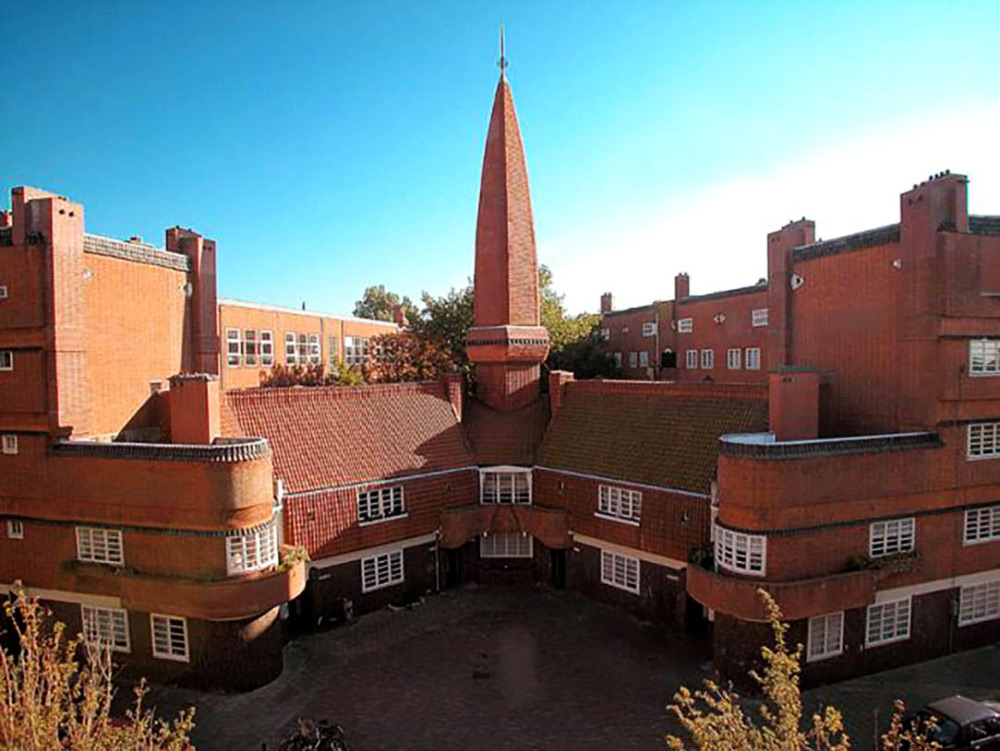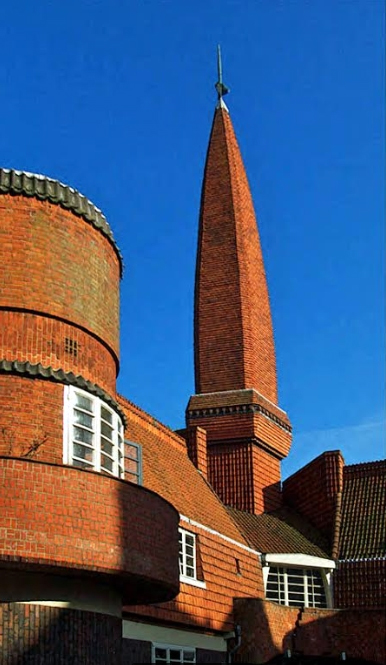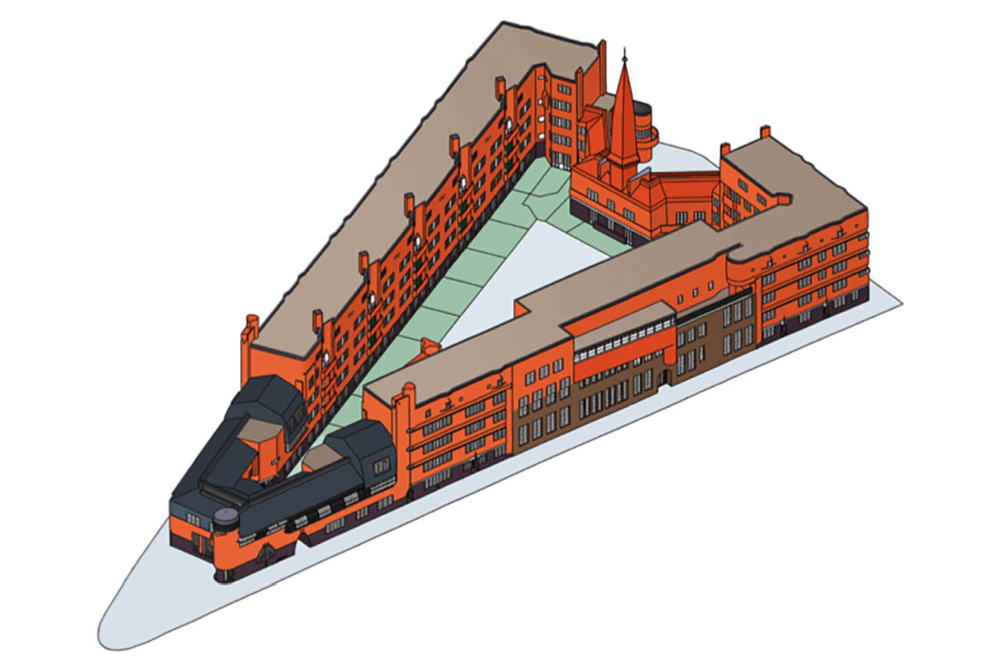Design that Enhances Life
7/12/2022

"We shape our buildings," Winston Churchill famously said, "thereafter, they shape us." Nowhere is this more apparent than in residential architecture. In no residential architecture has this been more apparent than in workforce and affordable housing.
Design is widely recognized as the creation of visible form. But policies, systems, regulations are also designed: Their design can lead to success, or failure.
"One definition is that design is the intervention in the flow of events to produce a desired effect," explained Milton Glaser. "Another is that design is the introduction of intention in human affairs. A third rather elegant description is that design moves things from an existing condition to a preferred one. This last one reduces the complexity of the idea, but I like all three definitions. Design doesn't have to have a visual component. Ultimately, anything purposeful can be call an act of design."

The reform movements that arose throughout the industrialized world during the late nineteenth century emphasized providing decent dwellings for all people. Then following World War large scale urban renewal programs were undertaken to establish political stability, promoting equality, and bettering worker's lives.
The early Modern Movement emphasized the design of large-scale public housing projects. Though in the last decades of the twentieth century this had all but disappeared from architectural focus, it has since seen a resurgence, with serious architects taking up this problem once again.
The failure of large-scale projects that were designed in large scale "urban renewal" projects directly following World War II led to their being characterized as breeding indolence, crime, poverty, and encouraging a "cycle of dependence." Much has been learned from the failure of these mega-projects that warehoused people in over scaled, soulless settings. The architecture was designed with an intentional stigma, to discourage long term residence. The absence of lockable entries and security allowed marauding gangs to enter them and terrorize residents while vandalizing the buildings. Hi-rise living often meant that parents could not watch and supervise their children at play outside.

Many families entering these projects had come from lower rise dwellings that were demolished to make way for these newer, consolidated buildings. Though often run down, these older buildings were far better for living and raising children than the new hi-rise high-density developments proved to be.
Policies that regulated living in them were also poorly designed, and often ripped families apart, leading to an exponential increase in single parent households:
"Some programs actively discouraged marriage. Welfare assistance went to mothers so long as no male was boarding in the household. Access to food stamps and Medicaid was automatic only if the welfare assistance met government approval. Once a family income crossed a specific threshold, access to these resources disappeared. Marriage to an employed male, even one earning the minimum wage, placed at risk a mother's economic well-being," explained Paul E. Peterson, Director of the Program on Education Policy and Governance at Harvard University
The poor design of the architecture and policies of post-war affordable housing led directly to their failure. Both have had far reaching effects, though the economic policies favoring single-parent households has created far more lasting damage.
Architect and city planner Oscar Newman argues that architectural and environmental design plays a crucial part in increasing or reducing criminality. It can enhance crime prevention and neighborhood safety. He developed his theory in the early 1970s after researching housing projects nationwide and published his findings in his book Defensible Space. His studies pointed out that higher crime rates existed in high-rise than in low-rise complexes. Throughout his study, Newman examined how community design can directly enhance social control, public health, and help reduce crime. Newman faulted architects for not analyzing the ways in which traditional architect does work and has worked for past generations. Instead, many past projects were designed as modernist abstractions that seemed good on paper but have not worked in practice and have too often even been demolished in less than a few decades.
One large scale public residential project that did so many things right it has become an iconic civic landmark and an early monument of international architecture is Amsterdam/s "Eigen Haard" Housing block on Zaanstraat, by Michel de Klerk, 1917-20 . Now more than a century old, it creates an unparalleled "sense of place" It is richly detailed and beautifully crafted. The shortest side of its triangular block is dominated be a steeple, which both gives visual pleasure, is visible from a distance, and defines this as a special place. Two lower wings embrace a square, which defines this as a semi-private zone for the residents. The block contains a Post Office, which was so carefully designed it has remained unchanged for more than a century: Remarkable for any Post Office. It also contains a small school. The remainder of the block is workforce housing. Though the units are not large, they were much larger than customary for the time. Today the residents are still extremely pleased with them, because their thoughtful and expressive architectural design makes these residences so special. One proud resident even gave me a tour of his dwelling unit when I visited the project recently.
Architecture can enhance people's lives. It can make it possible for children to grow up in bright spaces with good views, a factor shown to lead to higher achievement. It can reduce pollution and enhance public health. The thoughtful design of environments, spaces, experiences, and situations can even alleviate those aspects of our lives that are most troubling and build a better world. And as Amsterdam's "Eigen Haard" block shows, its beneficial effects can last many generations.
Photos and diagram credit: Floris Leeuwenberg / Amsterdamse School Museum Het Schip